Table of Contents
On this page, you’ll find my 12-day travel itinerary in Laos, as well as a series of ideas for places to visit during your trip to Laos. You’ll also find a practical guide to learn more about the country.
Introduction
Laos is what Thailand was 20 years ago. It’s a pretty mountainous country in Southeast Asia. Although it lacks the islands and magnificent coastline of some of its neighbors, it makes up for it with spectacular mountains, rivers, and rugged beauty. The tourism industry is still nowhere near as developed as neighboring Thailand, but the country can offer everything from a budget backpacker experience to luxury travel. Here’s a 12-day itinerary overview of what to do in Laos.
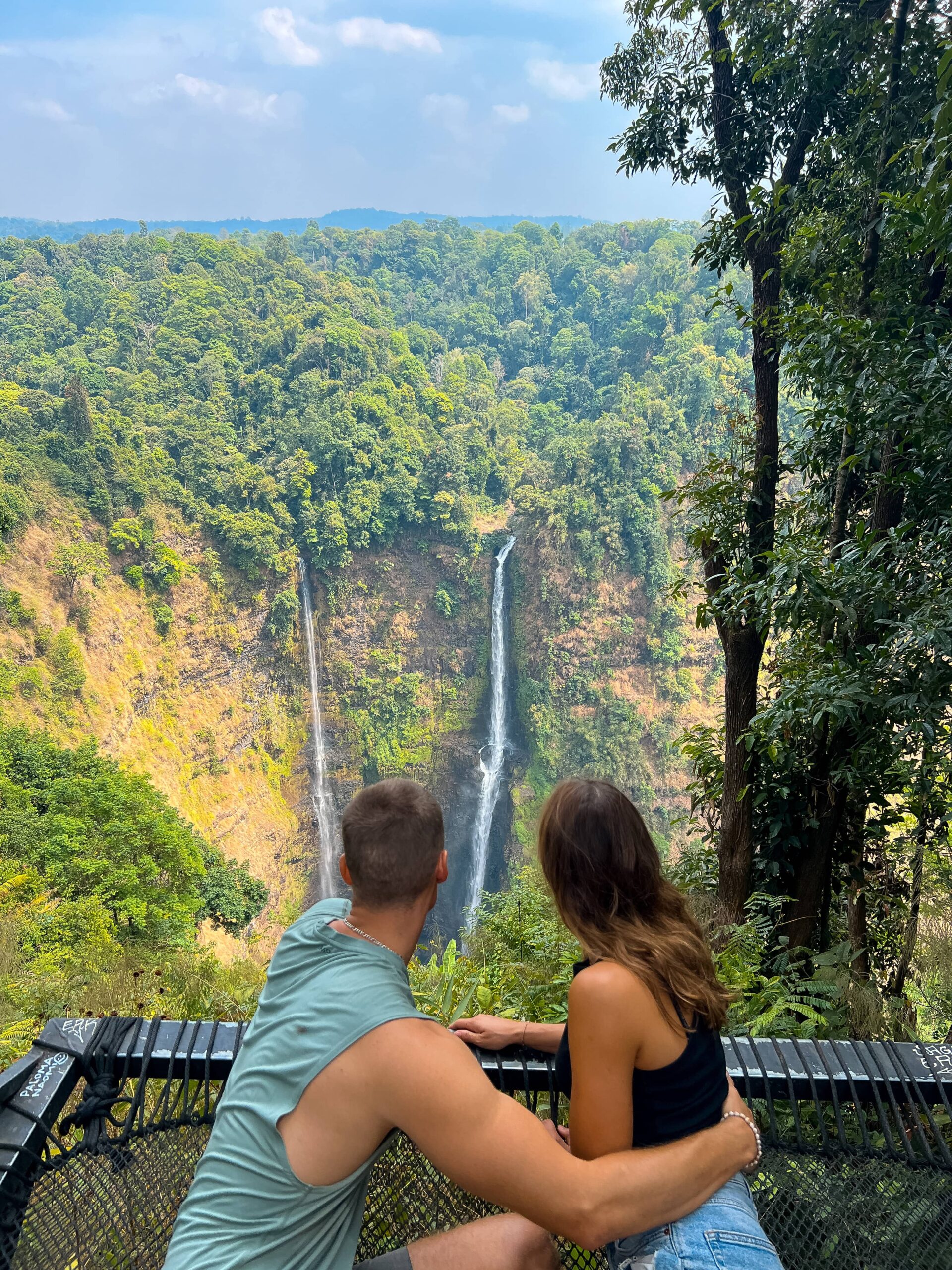
Laos travel itinerary & practical information
My 12 days Laos travel itinerary
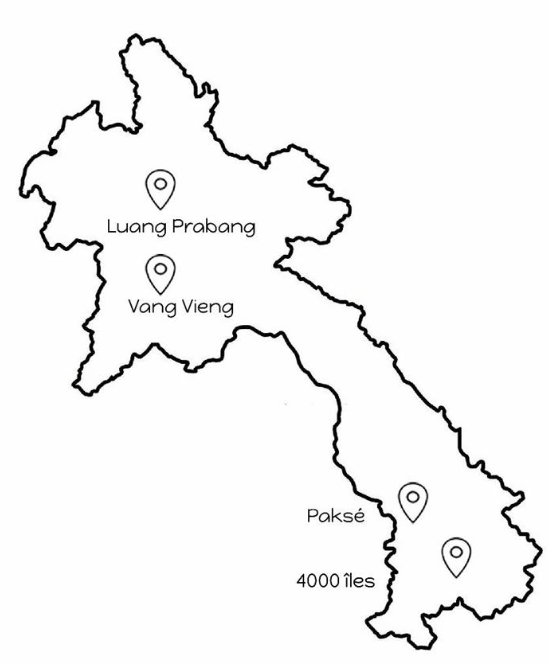
- Arrival by slow boat in Luang Prabang (2 days) from the Lao-Thai border
- Vang Vieng (2 days) Travel time: 7 hours by Minivan
- Pakse (4 days) Travel time: 2x 10-hour bus (transit in Takthek)
- 4000 Islands (3 days) Travel time: 3 hours by minivan
–> Departure for Cambodia

Slowboat to the town of Luang Prabang
Having arrived from Thailand, we took the boat to our first stop on this trip. Slowboat is the most popular way to travel between northern Thailand and Luang Prabang, Laos.
Read my full article about the Thai-Lao border crossing by slow boat.
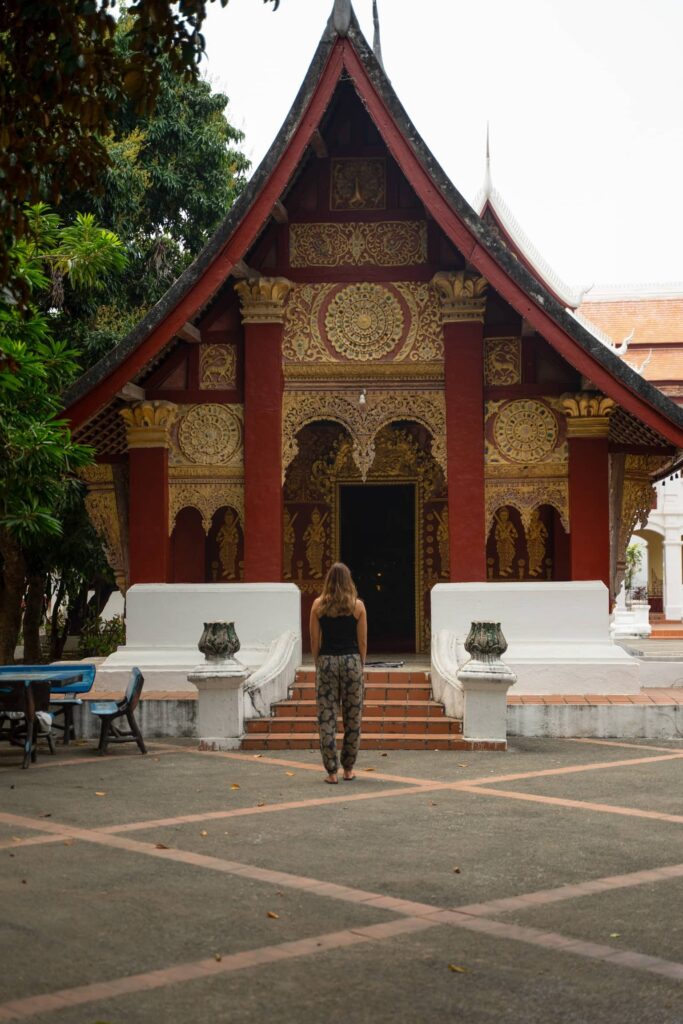
Step 1 : Luang Prabang
Luang Prabang is a small, dynamic town in the heart of the mountains of northern Laos. The city itself is a UNESCO World Heritage Site. We stayed at the Thavisouk Guesthouse.
Some must-sees :
- Luang Prabang old otwn
- Rent a scooter and visit Kuang Si waterfall
- Sunset at Mont Phoussi
- Luang Prabang night market
Where to eat?
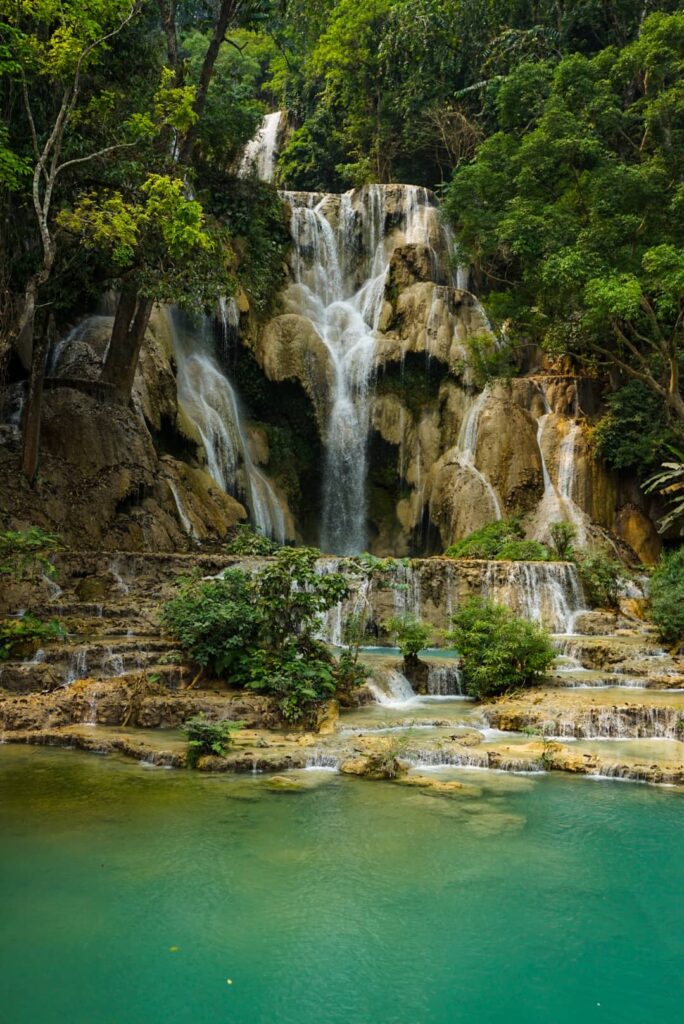
Step 2: Vang Vieng
Viang Vieng lies in the shadow of impressive green mountains and cliffs. Vang Vieng is the perfect blend of adventure and relaxation, so get ready for three exciting days enjoying all the things to do.
Things to do in Vang Vieng :
- Rent a scooter and Take a dip in one of the many blue lagoonsLes lagoons. Lagoon 3 is nice!
- Sunset View From Nam Xay Viewpoint
Where to eat?
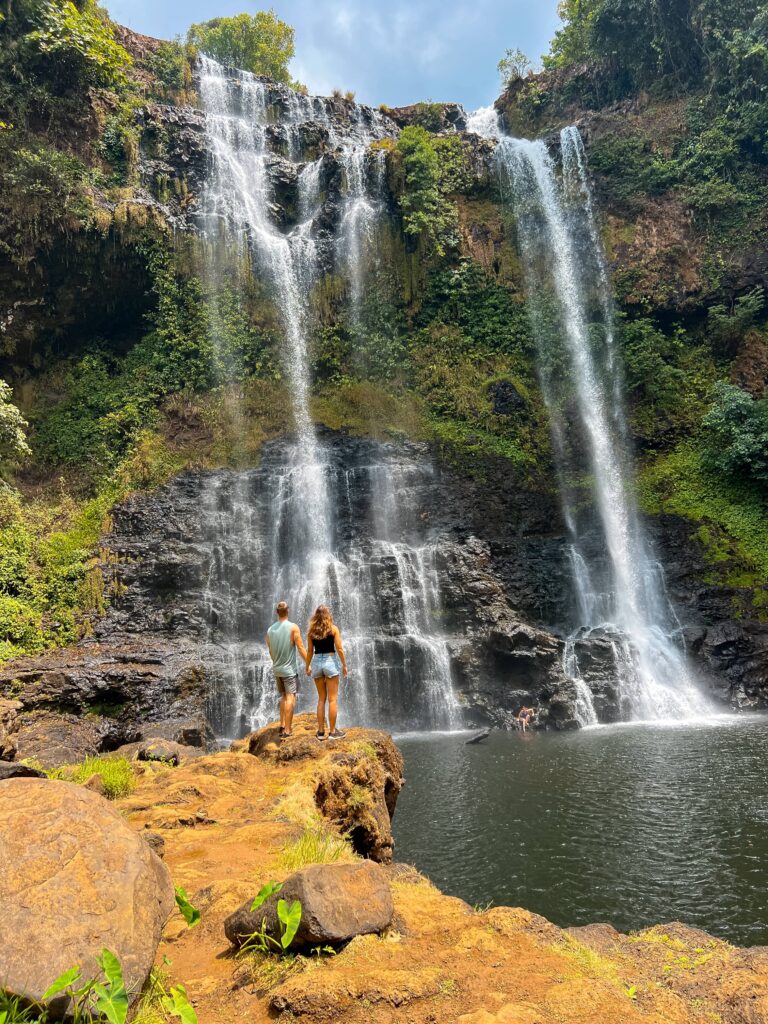
Step 3: Paksé by scooter (Plateau des Bolovens)
The highlight of my trip through Laos is the Bolaven Plateau, a trail of incredible waterfalls, coffee plantations, and incredible scenery nestled in the highlands of Champassak province.
The starting point for the Bolaven Plateau is Pakse (sometimes also called the Pakse loop).
As mentioned above, we rented our scooter through our accommodation. You can also rent from Miss Noy Motorbike.
Some must-sees
- Coffee plantation Mr. Vieng Mr. Vieng Coffee + Homestay
- Visit to an ethnic village by Captain Hooks
- Tad Fane & Tad Yuang Waterfalls
Where to eat?
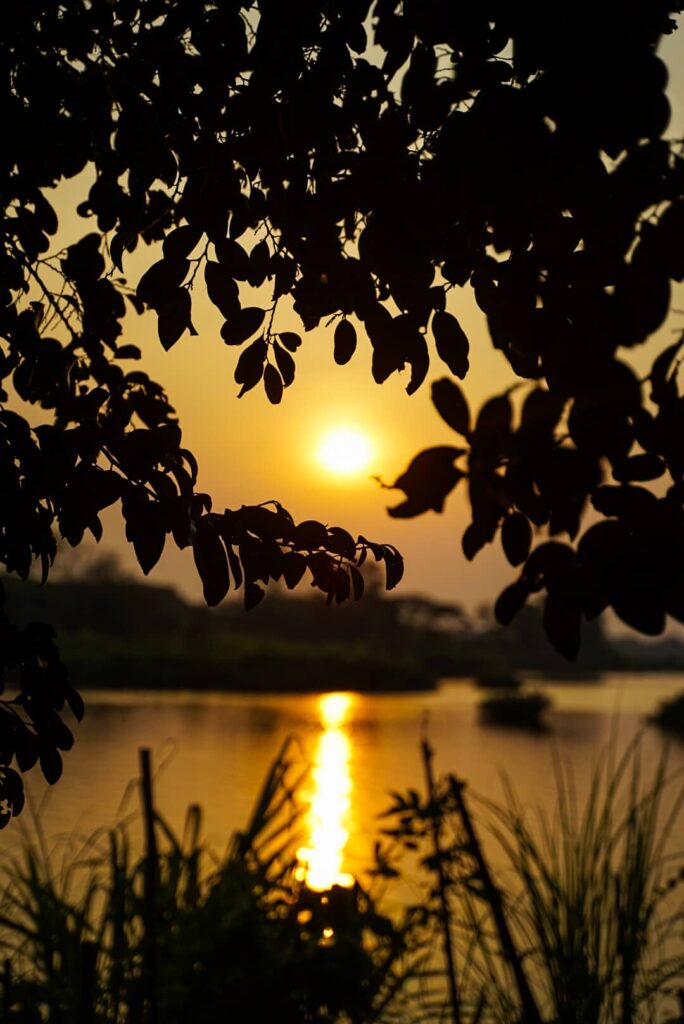
Step 4 : 4000 îles (Don Det)
There’s no place like the backpackers’ paradise of Don Det and the 4000 Islands in Laos. The 4000 Islands is a collection of islands where time has stood still and the scenery is like a postcard.
Some must-sees:
- Village of Don Det
- Village of Don Khon
- Relax
Want to discover Thailand at the same time as Laos? Discover my complete guide to Thailand.
When to go to Laos?
The best time to visit Laos depends on what your priorities are for your trip. Here’s a breakdown of the seasons in Laos to help you decide:
Dry Season (November – April):
- Pros: This is the peak season in Laos, offering the most pleasant weather for travel. You can expect sunny skies, warm temperatures (around 25-30°C), and minimal rain. This makes it ideal for outdoor activities like trekking, cycling, and exploring historical sites.
- Cons: This is also the busiest and most expensive time to visit. You’ll encounter larger crowds, especially at popular tourist destinations, and accommodation prices will be at their highest.
Green Season (May – October):
- Pros: This is the shoulder season, offering fewer crowds and lower prices compared to the peak season. The landscape is lush and green due to the frequent rain, making it ideal for nature lovers and those who want to experience the beauty of Laos’s natural scenery.
- Cons: This is the rainy season, so expect frequent downpours, especially in July and August. Some transportation options and outdoor activities might be affected by the rain.
Here’s a quick summary to help you decide:
- For the best weather and ideal conditions for outdoor activities: November to April (but expect crowds and higher prices)
- For fewer crowds and lower prices: May to October (be prepared for rain)
Additional factors to consider:
- Festivals: Laos has many vibrant festivals throughout the year. If you’re interested in experiencing the local culture, consider planning your trip around a specific festival.
How to get around Laos
As a tourist, you have several options for getting around Laos. There are four international airports, located in Vientiane, Luang Prabang, Savannakhet, and Pakse. However, it’s more affordable and exciting to travel by land. Buses are the preferred means of transport for tourists and locals alike, as few people own a car.
Travelers can book their trains in Laos and buy tickets at the station from two days before departure.
- Train: You can travel by train in northern Laos departing from 6 railway stations, including Vientiane, Vang Vieng, Luang Prabang, Muang Xay, Luang Namtha and Boten. The rail network in Laos is managed by Laos-China Railway (LCR), a joint venture owned by the governments of Laos and China. Online ticket booking for Laos-China Railway (LCR) is not available. Passengers are required to purchase tickets at the station and scan their ID card or passport. Ticket sales officially open two days before departure.
- Buses and minivans: Large touring buses and minibuses connect major cities and tourist destinations. Although buses are more comfortable, minivans are faster and sometimes the only option. Beware, however, that minivan drivers drive fast, which is not always pleasant when crossing narrow mountain passes.
- Local buses: Local buses are the cheapest, but also the slowest. You’ll probably be the only foreigner on board a local bus, and it will stop at random points to let people on and off. If you’re not in a hurry, taking the local bus is a fun cultural experience.
- Scooters: Motorcycles are a fun way to explore the area, but only rent them if you know how to drive them.
- Tuk-tuk: Another option is to take a tuk-tuk for short walks or even hire a driver for the day to drive you around as a guide. Always negotiate the price in advance
Tip: Download the 12go application. 12go is an electronic ticketing platform for medium- and long-haul travel, covering all possible transport options (ferry, bus, train, flight, private transfer and minibus).
We’ve booked a lot of transport via this site and have been very satisfied with the service! The customer service team reacts quickly if you ever have a problem with one of the transport companies.
Practical Guide: Visiting Laos
- Politics: Laos is a communist state with only one legal political party and close ties with China.
- Religion: Laos is a Buddhist country.
- Cuisine: Laotian cuisine is a happy blend of Thai and Vietnamese flavors. The most famous dish is larb (also spelled laap), a minced meat salad seasoned with mint leaves, chili pepper, fish sauce, and lime juice.
- Safety: Laos is a relatively safe country, with a low crime rate. The general rule is to avoid border areas, as there are still a large number of unexploded mines left over from the war.
- Health: No vaccinations are required for travel to Laos. However, some are recommended, depending on the conditions of your stay. For more information, visit the Institut Pasteur website.
- History: During the Vietnam War, Laos became the most heavily bombed country in the world. Millions of unexploded cluster bombs are still scattered across the country, particularly near the Vietnamese border.
- Road conditions: The poor quality of the roads makes traffic the most dangerous aspect. Be particularly careful when renting or driving a motorcycle, and always wear a helmet. Most roads are unsealed and only 30% are paved.
- Money: The currency in Laos is the Kip, although US dollars and Thai baht are also accepted. The Kip is worth around 0.00012 USD, so don’t panic if you see a sandwich that costs 25,000 Kip. It’s perfectly normal! The Kip is a weak currency. Make sure you exchange all your Kip before leaving the country, as they are not accepted at exchange bureaus, even in neighboring countries. You can only pay in cash anywhere in the country.
- Transport: There are four international airports, located in Vientiane, Luang Prabang, Savannakhet, and Pakse.
- Ethnic diversity: Laos is home to a wide range of ethnic groups, each with its customs, languages, and traditions.
- Capital and language: The capital of Laos is Vientiane. The Lao language is the official language of Laos. It is closely related to Thai.
- Festivals and celebrations: The biggest celebration is the Lao New Year, or Pi Mai Lao, which takes place in April. Like Songkran in Thailand, this three-day festival features a nationwide water fight.
- SIM card: Buying a Unitel SIM card in Laos is child’s play. Almost every store in town stocks one. Unitel 3G Cell Carrier is the largest supplier in Laos, so look for the « Unitel » sign, ask for a SIM card, and off you go.
- Electrical sockets: 230V AC.
Formalities & Visa
Obtaining a visa for Laos is very convenient. Simply go to the border, fill in a form, pay, wait, and you’ll receive a 30-day tourist visa on arrival. While some African and Middle Eastern countries require a visa application in advance, most other countries can obtain a visa on arrival. Citizens of ASEAN countries, Japan, Switzerland, Russia and South Korea can obtain a free visa on arrival, valid for 30 days.
The 30-day tourist visa costs around $40, depending on your country of origin. If you don’t have a passport photo with you, it will cost between $1 and $2 more. The procedure for obtaining a visa on arrival is fairly straightforward.
You can extend your visa for up to 60 days via the Immigration Department in Vientiane, the capital.
Visa fees must be paid in US dollars, as this is the cheapest option. Whenever possible, it’s best to avoid paying in Thai currency, as the exchange rate is bizarre at Laotian immigration. See my article on how to cross the Laos – Thailand border.
Please note: Damaged dollars will not be accepted! Make sure you have your tickets!
Vocabulary in Lao
- Hello/Bye : Sabaidii / Sok Dii Deu
- Thank you: Khrop tjaï
- Please: Kaluna
- Excuse me: Khro Thod
- Yes/No: Tchao / Bo
- Water: Nam
- Hospital: Hong Mo
- Police: Tam Luat
- Bus: Lotmé
I hope I’ve helped you plan your 12-day itinerary in Laos and answered your questions about what to do in Laos. Enjoy your trip ❤️. If you like Asia, take a look at our other articles.

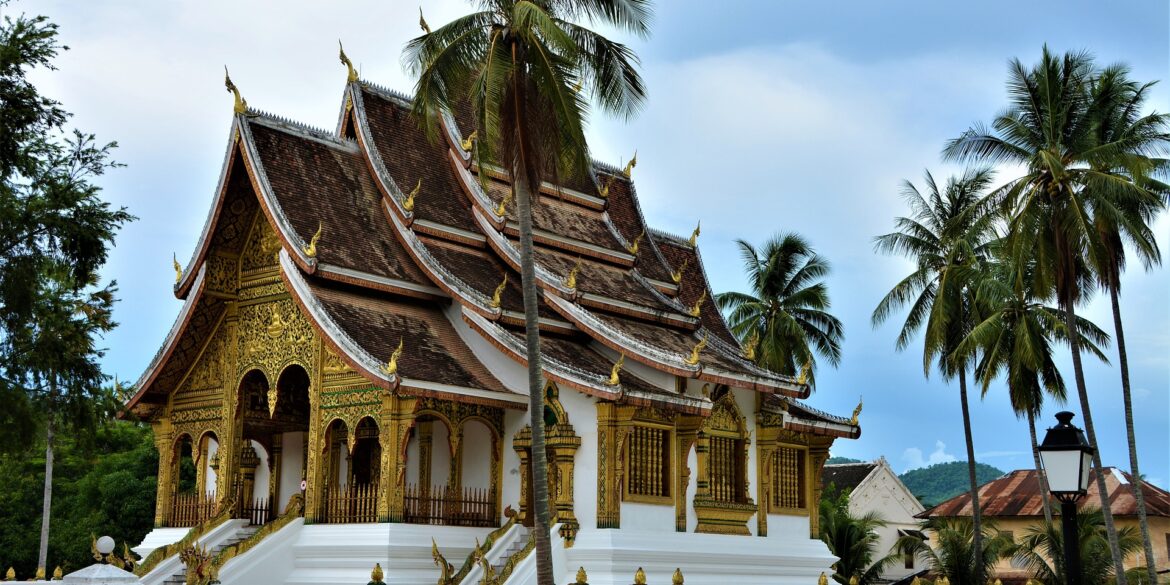

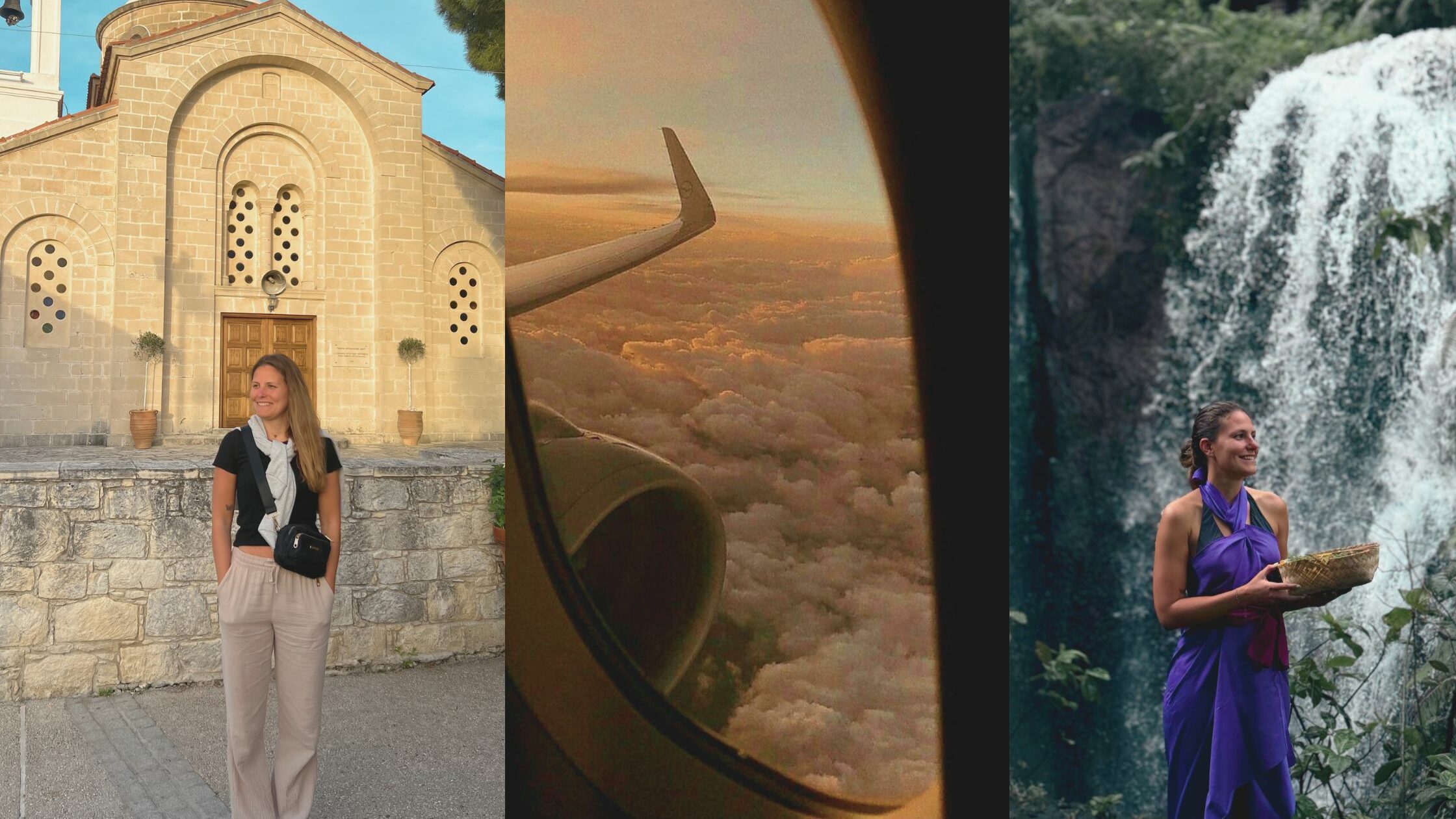





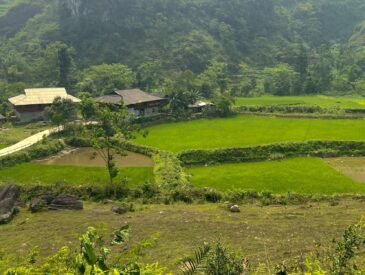
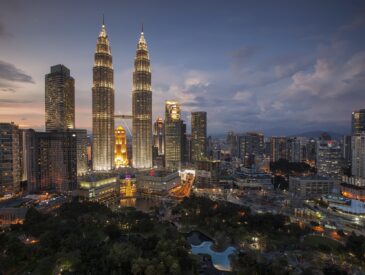

[…] your trip to Laos? Here you’ll find my Laos itinerary for a 12-day […]